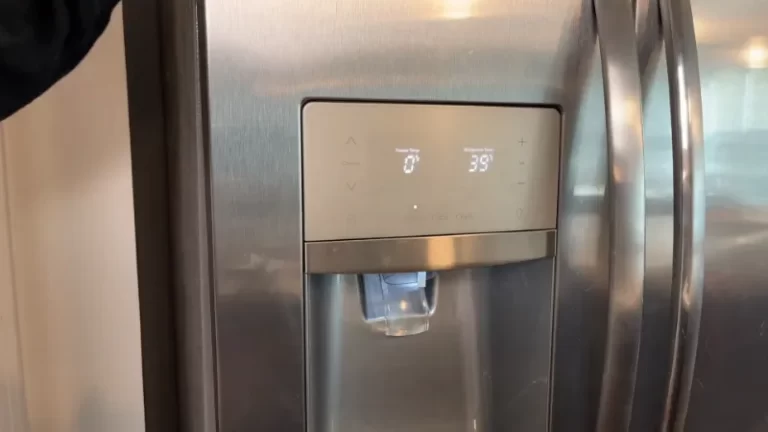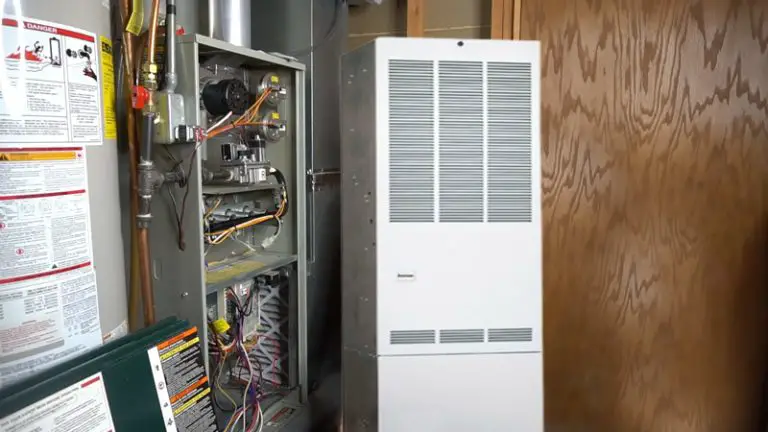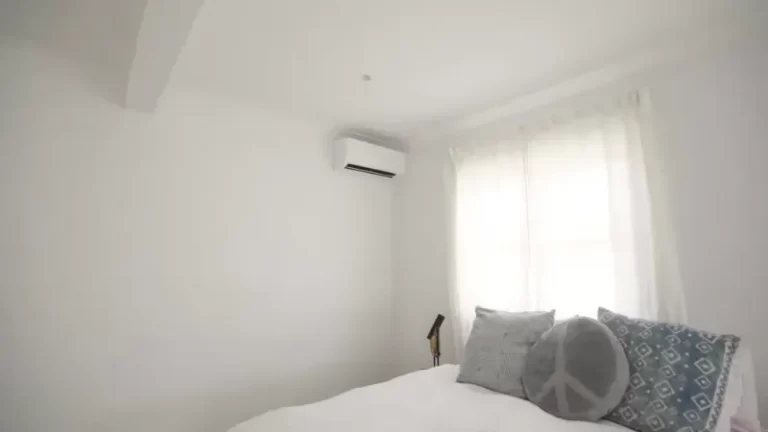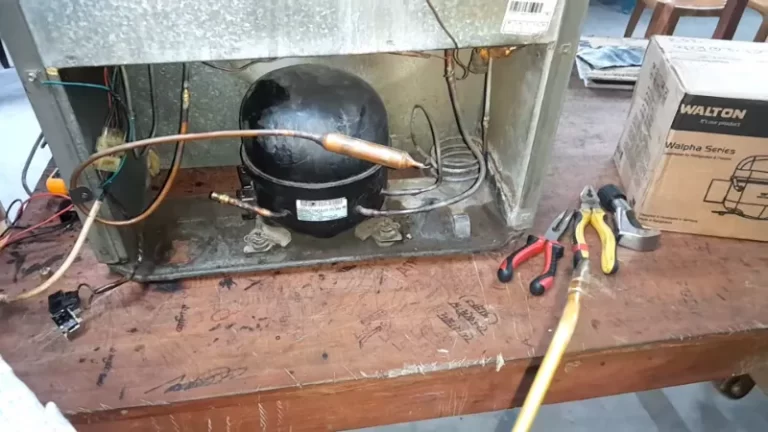Is Flexible Ductwork Sabotaging Your HVAC & Wallet? The Rigid Duct Fix
You feel it every month when the power bill arrives. You feel it in that one room that’s always too hot or too cold. That nagging sense that your HVAC system is constantly running but never quite keeping up is a common problem, and the culprit is often hiding in your attic or crawlspace.
For decades, flexible ductwork has been the go-to for many builders due to its low cost and easy installation. But that convenience comes at a steep price for homeowners in the form of poor efficiency, reduced durability, and compromised air quality. It’s time to talk about the superior alternative: rigid ductwork.
You'll Learn About
The Hidden Problems with Flexible Ductwork
Flexible ductwork, often called “flex duct,” is essentially a coiled spring covered in plastic and insulation. While its adaptability seems like an advantage, it’s the source of its many failures. These ducts are highly susceptible to issues that directly impact your comfort and budget.
Crippled Airflow and Energy Loss
The primary issue with flex duct is its impact on airflow. The ribbed interior walls, unlike the smooth surface of rigid ducts, create significant friction, forcing your HVAC system to work much harder to push air through. This strain leads to higher energy consumption and increased wear and tear on your equipment.
Furthermore, flex ducts are prone to kinks, sharp bends, and sagging, especially over long runs without proper support. Each of these obstructions acts like a bottleneck, severely restricting airflow and leading to uneven temperatures throughout your home. In many cases, what homeowners perceive as an undersized AC unit is actually just poorly performing ductwork.
Durability and Lifespan Concerns
The materials used in flexible ductwork simply don’t last. The plastic liner can become brittle and tear over time, and the thin outer jacket is easily punctured. This vulnerability makes them a prime target for pests like rodents, who can chew through the material, creating massive leaks and contaminating your air.
While rigid metal ducts can last for 30 years or more, flexible ductwork typically has a lifespan of only 15 to 25 years at best. Many systems show signs of deterioration and failure long before that, making replacement an inevitable and often unexpected expense.
A Magnet for Poor Air Quality
The rough, uneven surfaces inside flexible ducts are perfect for trapping dust, pollen, pet dander, and other airborne contaminants. This buildup not only restricts airflow further but also creates a breeding ground for mold and bacteria, especially if condensation is present. The system then circulates these pollutants throughout your home every time it runs.
Leaks in the ductwork, which are incredibly common, worsen the problem by pulling in unfiltered air from your attic or crawlspace. This can introduce insulation fibers, dust, and even unpleasant smells into your living space. If your home has a persistent issue where the AC smells like farts, deteriorating and leaky flex ducts could be a major contributor.
The Superior Solution: Why Rigid Ductwork Reigns Supreme
Switching from flexible to rigid ductwork is one of the most effective upgrades you can make to your home’s HVAC system. Made from materials like galvanized steel or aluminum, rigid ducts offer unparalleled advantages in performance, durability, and air quality.
Unmatched Airflow and Efficiency
The number one benefit of rigid ductwork is its smooth interior surface. This allows air to flow with minimal resistance, ensuring that the heated or cooled air from your HVAC unit reaches its destination efficiently. This dramatic improvement in airflow means your system doesn’t have to work as hard, leading to significant energy savings and lower utility bills.
Properly designed and sealed rigid duct systems deliver conditioned air more effectively, eliminating hot and cold spots and providing consistent comfort in every room. This level of performance is simply unattainable with a system compromised by sagging and kinked flexible ducts.
Built to Last a Lifetime
Rigid ductwork is exceptionally durable. It’s built to withstand physical damage and is impervious to pests. Unlike the flimsy plastic of flex ducts, sheet metal provides a robust and permanent pathway for your home’s air supply. A well-installed rigid duct system can easily last for decades with minimal maintenance.
This longevity makes it a smart long-term investment. While the upfront cost is higher than flexible ducting, you avoid the recurring expense and hassle of repairing or replacing a failing flex system every 10-15 years.
Cleaner, Healthier Indoor Air
Because of their smooth, non-porous surfaces, rigid ducts are far less likely to trap dust and debris. This makes them easier to clean and significantly reduces the potential for mold and bacteria growth. By preventing contaminants from accumulating in the first place, rigid ducts contribute to a healthier indoor environment for you and your family.
When professionally installed, the seams of a rigid duct system are sealed with mastic, a gooey sealant that creates a permanent, airtight bond. This prevents the air leaks that plague flex duct systems, ensuring that you aren’t pulling dirty, unfiltered air from your attic into your home. A sealed system is foundational to good air quality, much like understanding how cold air returns with no ductwork can impact your home’s pressure balance and energy use.
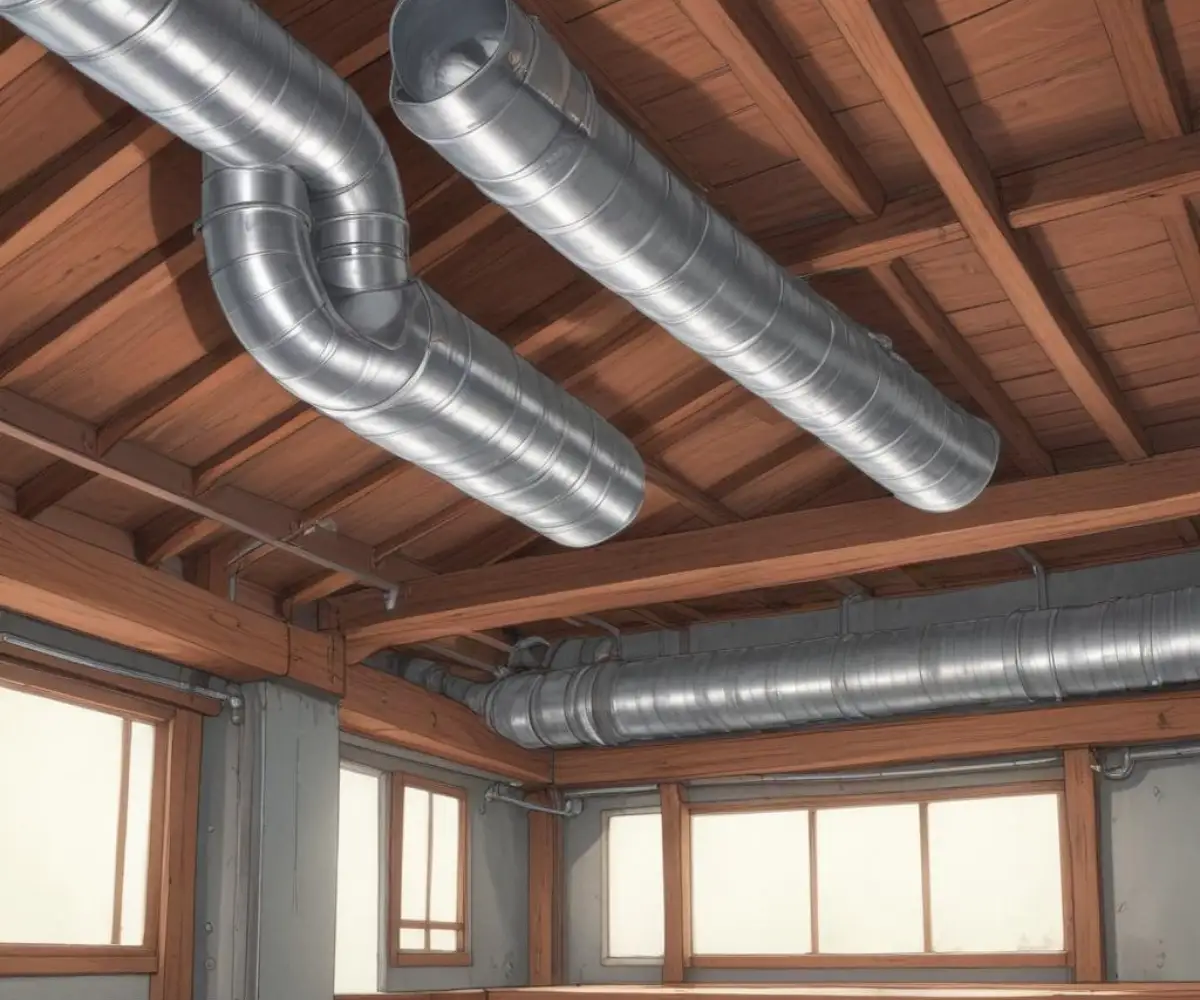
Flexible vs. Rigid Ductwork: A Head-to-Head Comparison
Making an informed decision requires a clear comparison. While flexible ductwork has its place for short, final connections to registers, its widespread use as the primary ducting material is often a compromise on quality for the sake of cost.
Here’s a direct comparison to highlight the key differences between the two systems.
| Feature | Flexible Ductwork | Rigid Ductwork |
|---|---|---|
| Airflow Efficiency | Poor to Moderate (high friction, prone to kinks) | Excellent (smooth interior, low resistance) |
| Durability | Low (easily torn, crushed, or punctured) | High (made of durable steel or aluminum) |
| Lifespan | 15-25 years, often less | 30+ years |
| Indoor Air Quality | Poor (traps dust, prone to mold and leaks) | Excellent (easier to clean, resists mold, better sealing) |
| Upfront Cost | Low | High |
| Long-Term Value | Low (leads to higher energy bills and replacement costs) | High (provides energy savings and longevity) |
| Maintenance | Difficult to clean, frequent repairs needed | Easy to clean, minimal maintenance required |
The Process: What to Expect When Replacing Your Ductwork
Replacing your entire duct system is a significant undertaking, but it’s a project that pays dividends in comfort and efficiency for years to come. Understanding the process can help you prepare for the project and ensure you’re working with a qualified professional.
Step 1: System Assessment and Design
The first step is a thorough evaluation of your existing system and home layout. A professional HVAC contractor will perform a “Manual J” calculation to determine the precise heating and cooling load for your home. This ensures the new ductwork is sized correctly for optimal airflow.
Proper sizing is critical. Ducts that are too small will be noisy and restrict airflow, while ducts that are too large will have poor air velocity, leading to inefficient delivery. The design phase will map out the most efficient routes for the new ducts, minimizing turns and maximizing performance.
Step 2: Removal of Old Ductwork
Once the new system is designed, the old, inefficient flexible ductwork is carefully removed. This process can be messy, as years of accumulated dust and debris will be disturbed. Professional crews will take precautions to minimize the spread of dust into your living spaces.
This is also an opportunity to inspect the areas where ducts run, such as attics and crawlspaces, for other issues like pest infestations or moisture problems that need to be addressed.
Step 3: Installation of New Rigid Ducts
The new rigid ductwork is fabricated and installed according to the design plan. Each section is securely connected and supported to prevent sagging. This is a meticulous process that requires precision and expertise to ensure proper alignment and fit.
Sealing the seams is the most important part of the installation. Every joint, connection, and takeoff is sealed with mastic sealant to create an airtight system. This prevents the massive energy losses associated with leaky ducts and is a hallmark of a quality installation.
Step 4: Insulation and System Testing
After the ducts are installed and sealed, they are wrapped with insulation. Proper insulation is crucial for preventing thermal loss, ensuring that the air maintains its temperature as it travels from the HVAC unit to the vents. It also helps prevent condensation from forming on the ducts in unconditioned spaces.
Finally, the system is tested. The contractor will perform a duct leakage test to confirm the system is airtight and measure airflow at each register to ensure the system is balanced and performing as designed.
Is Upgrading to Rigid Ductwork Worth It for You?
While the benefits are clear, the decision to invest in a full ductwork replacement depends on your specific situation. Here are the key signs that indicate it’s time to make the switch.
When to Seriously Consider Replacement
- Your Home Has Hot or Cold Spots: If you struggle with rooms that are consistently uncomfortable, your ductwork is likely the cause due to poor design or blockages.
- Your Energy Bills Are Unusually High: Leaky, inefficient ducts can account for 20-30% of a home’s heating and cooling costs. An upgrade can lead to immediate and substantial savings.
- Your Ducts Are Over 15 Years Old: If your home has an older flex duct system, it is likely nearing the end of its effective lifespan and may already be deteriorating.
- You Have Poor Indoor Air Quality: If your family suffers from allergies or you notice excessive dust or musty odors, your ductwork could be circulating contaminants.
- You Can See Physical Damage: A visual inspection that reveals torn, crushed, or sagging ducts is a clear sign that your system’s performance is compromised.
Investing in new ductwork can be part of a larger strategy to improve your home’s overall energy envelope. This can include anything from upgrading windows to better manage heat transfer—a topic that becomes especially relevant if you’ve ever dealt with issues like needing an air conditioner storm window replacement—to sealing air leaks in your attic and foundation.
Your Home’s Hidden Upgrade Awaits
Your ductwork is the circulatory system of your home, and its health is directly tied to your comfort, your wallet, and your well-being. While flexible ducts may have been the easy choice during construction, their long-term flaws create a constant drag on your HVAC system’s performance and efficiency.
Replacing flexible ductwork with a professionally designed and installed rigid system is a transformative upgrade. It solves persistent comfort problems, drastically lowers energy consumption, and provides cleaner, healthier air for your family. It’s an investment in the long-term performance and value of your home.

